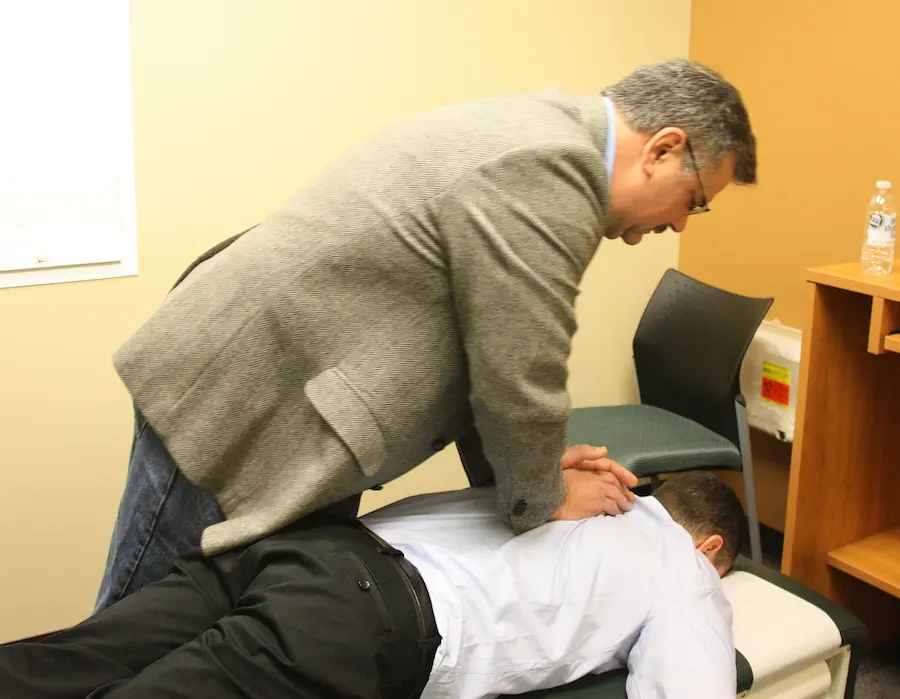After undergoing chiropractic treatment, you might feel better within four to eight weeks. The length of time needed to fully recover can depend on the underlying cause of your pain. Some of the most common reasons for pain include compression of the nerves or irritation of the nerves. To treat nerve pain, the chiropractor will make adjustments to correct the cause. If your pain is more general, lifestyle changes may be necessary to ease the symptoms.
Pain Relief
You’ll often experience some soreness after a chiropractic adjustment. If the pain is sharp or is unusual, call your chiropractor for an appointment to determine what’s wrong. Stiffness is also a common reaction to the treatment, but it shouldn’t be severe enough to limit your motion.
The length of time it takes to feel better depends on a number of factors. Your age, health, and overall activity level play a role in your response. For instance, a younger patient will probably respond to chiropractic treatment faster than an older person. In addition, a more active lifestyle will improve your chiropractic treatment’s success.
Side Effects
Chiropractic therapy has a variety of side effects, some of which are minor and easily treatable. The most common side effects are pain and aching muscles in the area of the treatment. Other symptoms include headaches and fatigue. More rare but still possible side effects are bone fractures and injuries to the disks and nerves of the lower spine. People who have had a previous spinal injury or suffered a spinal dislocation should avoid chiropractic adjustments.
Toxins may be released during the chiropractic adjustment process. These toxins are usually released into the body over a short period of time. Although this side effect is rarely significant, it should be considered as a positive side effect of the treatment. While there is a possibility that a chiropractor will cause some unpleasant side effects, it is rare and usually occurs in only 15-20% of patients.
Movement
After a chiropractic adjustment, it is beneficial to begin light movement. This will help stimulate blood flow and help the healing process. However, you should avoid strenuous or explosive exercises during the first 24 hours after treatment. Ask your chiropractor about the best time to begin your movement routine. You can even start by walking around your neighborhood or riding a bike.
While chiropractic adjustments can relieve pain, they don’t cure the underlying problem. Patients may feel better or looser after an adjustment, but this can depend on their body chemistry. Many patients who undergo adjustments experience a reduction in pain. However, some people experience stiffness or inflammation after the procedure.
Diet
The initial adjustment will likely make you feel a little strange. Some people describe the sensation as dizziness, lightheadedness, or even tipsy. Eventually, you’ll feel better and your body will begin to flush out toxins. The process can take a few days. To make your recovery easier, drink plenty of water and take a diuretic tea.
The goal of chiropractic treatment is to reduce pain and help your body heal. However, it cannot cure the cause of the pain or inflammation. The “better” feeling is subjective. For example, someone in excruciating pain may feel better immediately after an adjustment, while someone with tight muscles might feel more relaxed.
Sleep
Many chiropractic patients complain of being tired or sleepy after a session. This is normal, because the adjustment causes your energy level to temporarily drop. Some patients even experience extreme fatigue after a session. This is likely the nervous system’s reaction to the partial dislocation of a joint.
The response time to chiropractic treatment depends on several factors, including age and fitness level. Younger patients often respond to treatment more quickly than older patients. An active lifestyle also speeds up the recovery process.

